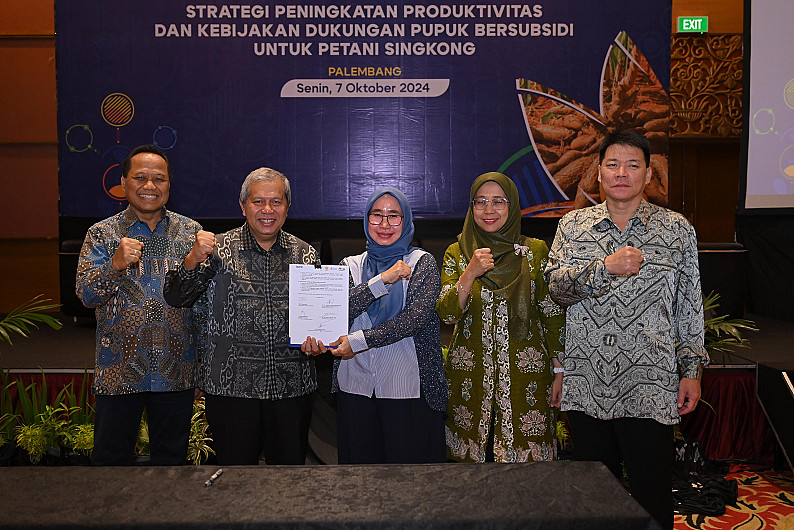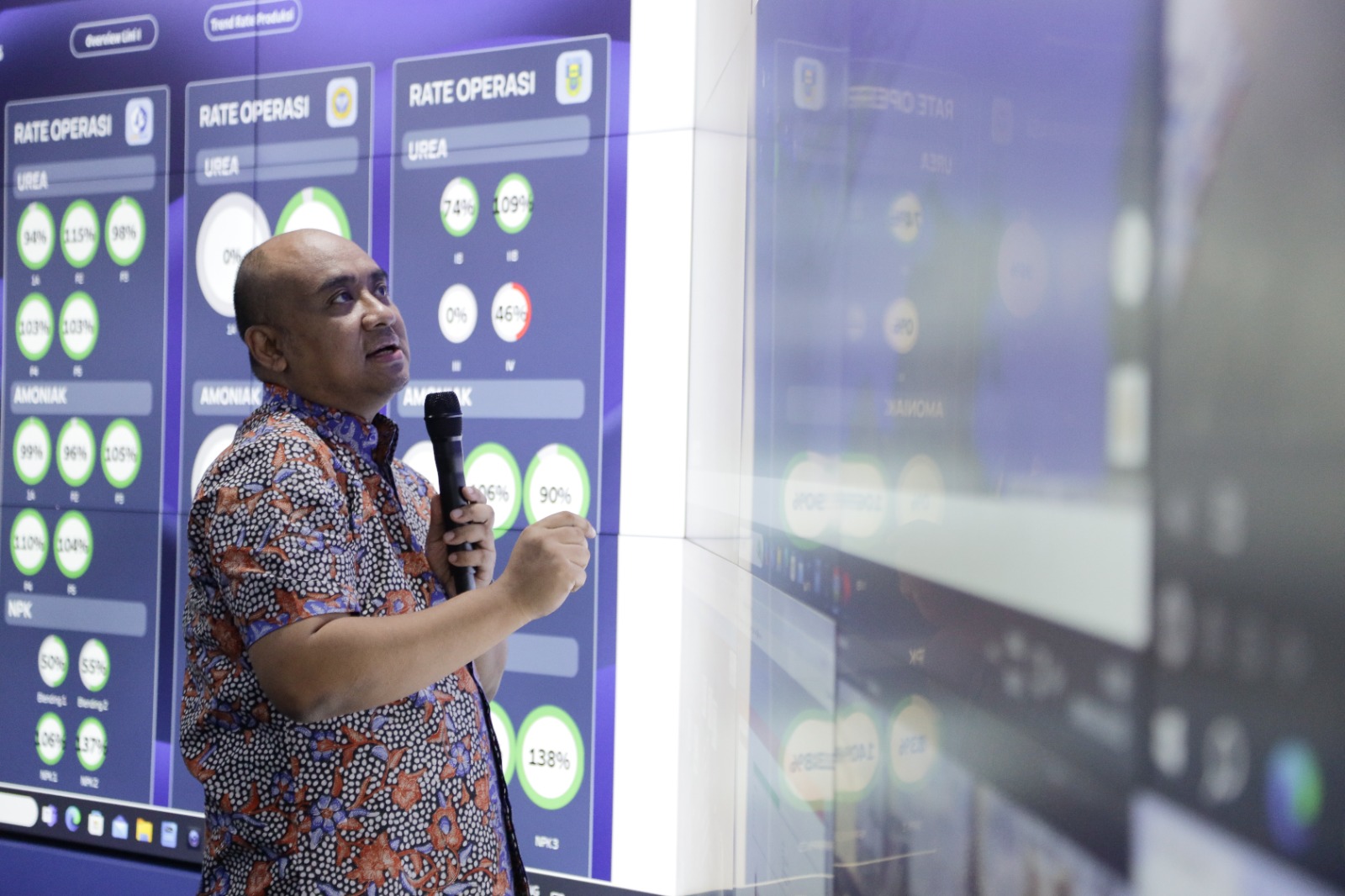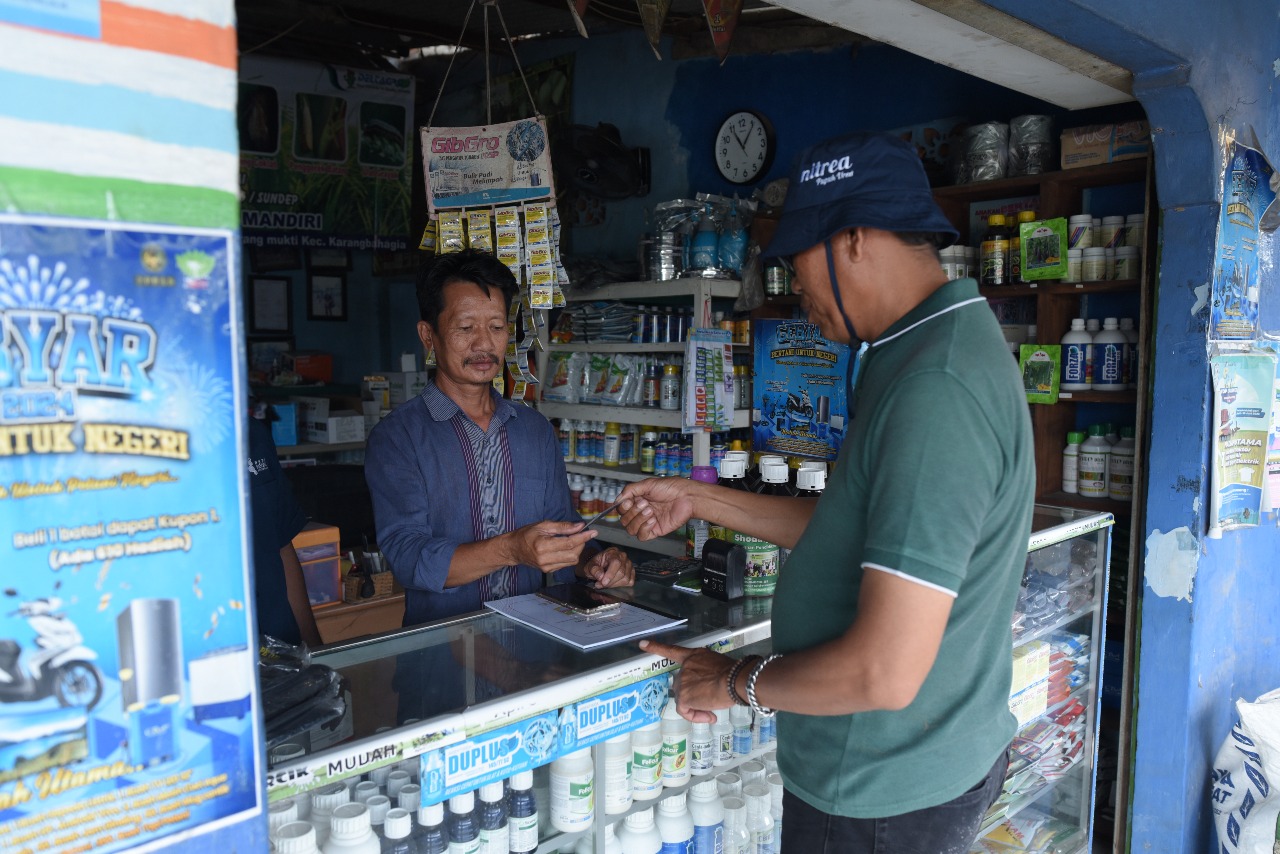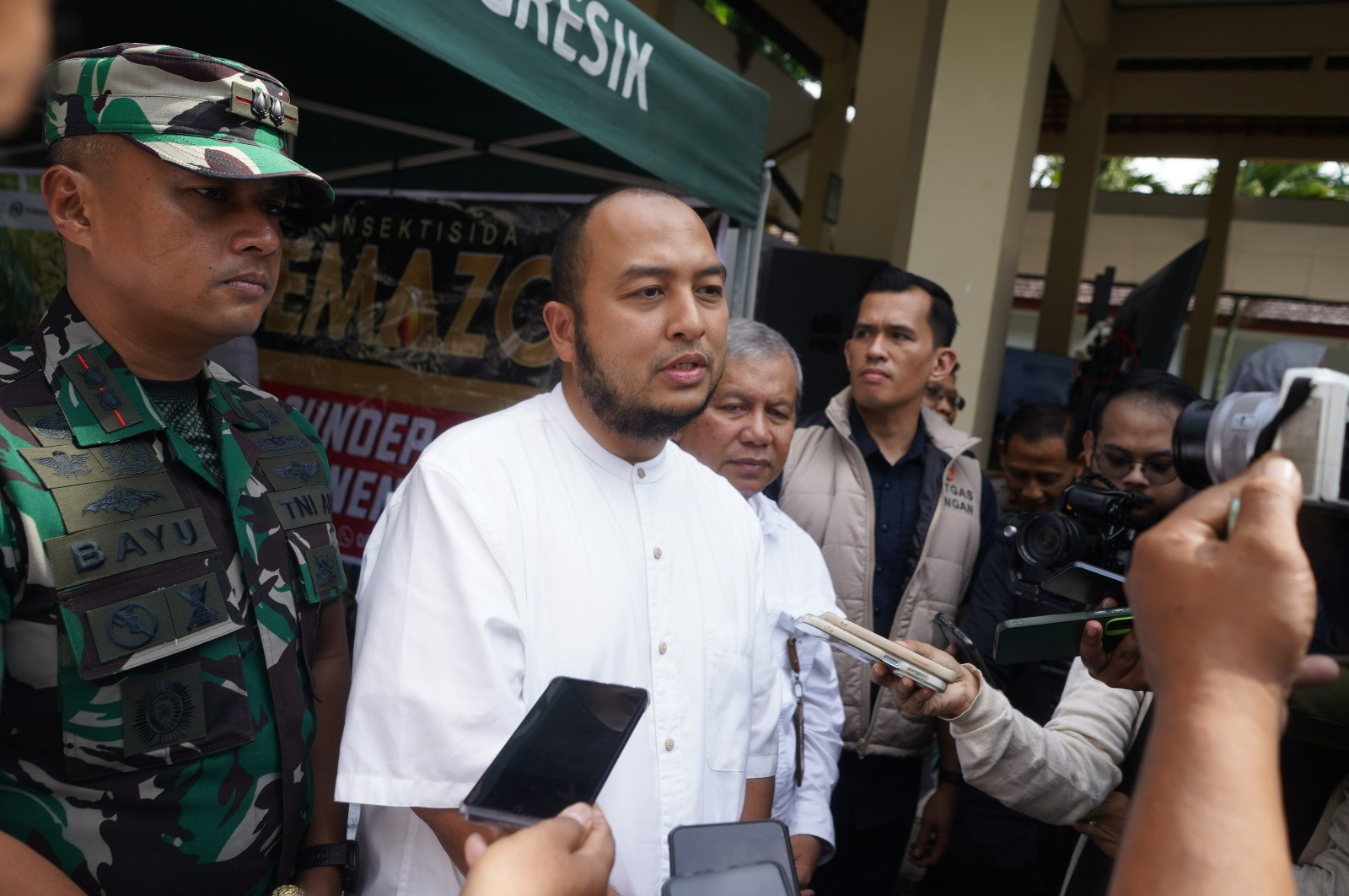Pupuk Indonesia Sambut Positif Usulan Singkong Sebagai Komoditas Penerima Subsidi

Palembang, 8 Oktober 2024 - PT Pupuk Indonesia (Persero) terus berupaya mengoptimalkan penyerapan pupuk bersubsidi dengan mengidentifikasi komoditas pertanian strategis, salah satunya singkong. Hal ini disampaikan oleh Direktur Pemasaran Pupuk Indonesia, Tri Wahyudi Saleh dalam acara Forum Group Discussion (FGD) "Strategi Peningkatan Produktivitas Singkong dan Kebijakan Dukungan Pupuk Bersubsidi untuk Petani" di Kota Palembang, Selasa (8/10/2024).
Tri Wahyudi menjelaskan bahwa dalam Peraturan Menteri Pertanian (Permentan) Nomor 1 Tahun 2024 terdapat sembilan komoditas sebagai penerima pupuk bersubsidi, terdiri dari padi, jagung, kedelai, cabai, bawang merah, bawang putih, tebu rakyat, kopi, dan kakao. Sementara itu, pada awal tahun 2024 Pemerintah telah menambah alokasi pupuk bersubsidi dari alokasi awal 4,7 juta ton menjadi 9,55 juta ton.
"Kebijakan penambahan volume ini diperlukan upaya optimalisasi dalam meningkatkan serapannya. Optimalisasi dapat dilakukan dengan mengidentifikasi komoditas-komoditas strategis daerah yang berpotensi mendapatkan pupuk bersubsidi. Harapannya berdampak terhadap optimalisasi serapan pupuk bersubsidi, nilai ekonomi dan peningkatan produktivitas pertanian," ujar Tri Wahyudi.
Ia menambahkan, singkong yang juga dikenal sebagai ubi kayu dapat dikategorikan sebagai komoditas alternatif pangan yang memiliki kandungan karbohidrat setara beras. Indonesia sendiri menduduki urutan kelima sebagai negara produsen singkong terbesar di dunia, dengan total produksi 18,3 juta ton (2020). Dari produksi tersebut memasok 87 persen untuk kebutuhan nasional.
Sebagian besar atau 97 persen produksi ubi kayu digunakan untuk pangan. Hal ini menunjukkan bahwa ubi kayu mempunyai peran strategis sebagai penyangga pangan nasional. Untuk itu, menurutnya, upaya peningkatan produktivitas singkong harus diwujudkan dalam rangka mendukung program ketahanan pangan nasional.
“Komponen budidaya yang berperan dalam peningkatan produktivitas singkong adalah penggunaan pupuk yang sesuai dengan kebutuhan tanaman, varietas yang sesuai (tahan cekaman biotik dan abiotik), dan pengendalian OPT (Organisme Pengganggu Tumbuhan),” tandasnya.
Tri Wahyudi mengaku mendapatkan masukan dari stakeholder, salah satunya Masyarakat Singkong Indonesia (MSI) yang berharap singkong masuk menjadi komoditas yang berhak mendapatkan alokasi pupuk bersubsidi dari Pemerintah. Dengan demikian kesejahteraan petani meningkat, industri singkong tanah air dapat berkembang, ketahanan pangan nasional terjaga.
"FGD ini dilaksanakan untuk menggali kondisi di lapangan dan merumuskan strategi peningkatan produktivitas tanaman singkong dan kebijakan dukungan pupuk bersubsidi untuk petani singkong sebagai salah satu komoditas strategis di wilayah Sumatera Bagian Selatan," tandas Tri Wahyudi.
Forum Group Discussion mengenai "Strategi Peningkatan Produktivitas Singkong dan Kebijakan Dukungan Pupuk Bersubsidi untuk Petani" ini dihadiri oleh Asisten Deputi Prasarana dan Sarana Pangan dan Agribisnis Kementerian Koordinator Bidang Perekonomian, Ismariny; Direktur Pupuk dan Pestisida Kementerian Pertanian, Jekvy Hendra; Kepala Balai Pengujian Standar Instrumen (BPSI) Tanah dan Pupuk, Ladiyani Retno Widowati; Direktur Utama PT Pupuk Sriwidjaja Palembang, Daconi Khotob; Ketua 1 Bidang Pengembangan Bisnis & Produk Masyarakat Singkong Indonesia, Helmi Hasanudin.
Selanjutnya Kepala Dinas Pertanian Tanaman Pangan dan Hortikultura Provinsi Sumatera Selatan, Bambang Pramono; Kepala Dinas Ketahanan Pangan, Tanaman Pangan dan Hortikultura Provinsi Lampung, Bani Isproyanto; Dekan Fakultas Pertanian Universitas Sriwidjaja, A. Muslim; serta perwakilan kepala dinas pertanian kabupaten dan kota Provinsi Sumatera Selatan.
Sementara itu, lebih lanjut Tri Wahyudi mengatakan bahwa Pupuk Indonesia mempunyai teknologi memformulasikan pupuk NPK sesuai dengan spesifikasi atau kebutuhan tanaman memiliki NPK khusus tanaman singkong, yaitu NPK 17-6-25. Pupuk ini memiliki kandungan Nitrogen 17 persen, Phosphatase 6 persen, dan KCL 25 persen.
Berdasarkan hasil uji coba di sejumlah daerah, khususnya di Sumatera pengaplikasian pupuk ini mampu meningkatkan produktivitas tanaman singkong. Rata-rata hasil panen petani singkong pada saat pengaplikasian pupuk tersebut sebesar 45 ton/hektare, dari rata-rata panen sebelumnya 27 hingga 28 ton/hektare.
"Petani singkong yang sebelumnya mendapatkan pupuk bersubsidi bisa terobati dengan kehadiran NPK singkong. Persoalannya apakah pupuk ini bisa masuk ke dalam skema subsidi, ini yang harus kita diskusikan dalam FGD. Pastinya pupuk ini dapat digunakan oleh petani dalam pemupukan secara efisien dan berimbang sehingga dapat meningkatkan produktivitas singkong," pungkas Tri Wahyudi.
Adapun bukti lain dari perhatian Pupuk Indonesia terhadap komoditas singkong, tambahnya, pihaknya telah melakukan demonstration plot (demplot) di lahan bekas tambang timah yang ada di Bangka Belitung. Lahan bekas tambang tersebut dikembalikan kesuburannya dengan menggunakan produk Pupuk Indonesia sehingga dapat dimanfaatkan untuk budidaya singkong. Kawalan budidaya tersebut juga menggunakan NPK singkong.
Pupuk Indonesia juga membuat Kampung Singkong di Lampung Tengah, tepatnya di Desa Sriwijaya Mataram, Kec. Bandar Mataram. Desa ini menjadi percontohan pengembangan komoditas singkong yang dilakukan Pupuk Indonesia.
“Petani singkong membutuhkan pendampingan yang berkesinambungan dan bantuan subsidi pupuk dengan formula NPK 17-6-25, agar produksi tinggi dan kelestarian lahan pertanian terjaga,” pungkas Tri Wahyudi.







